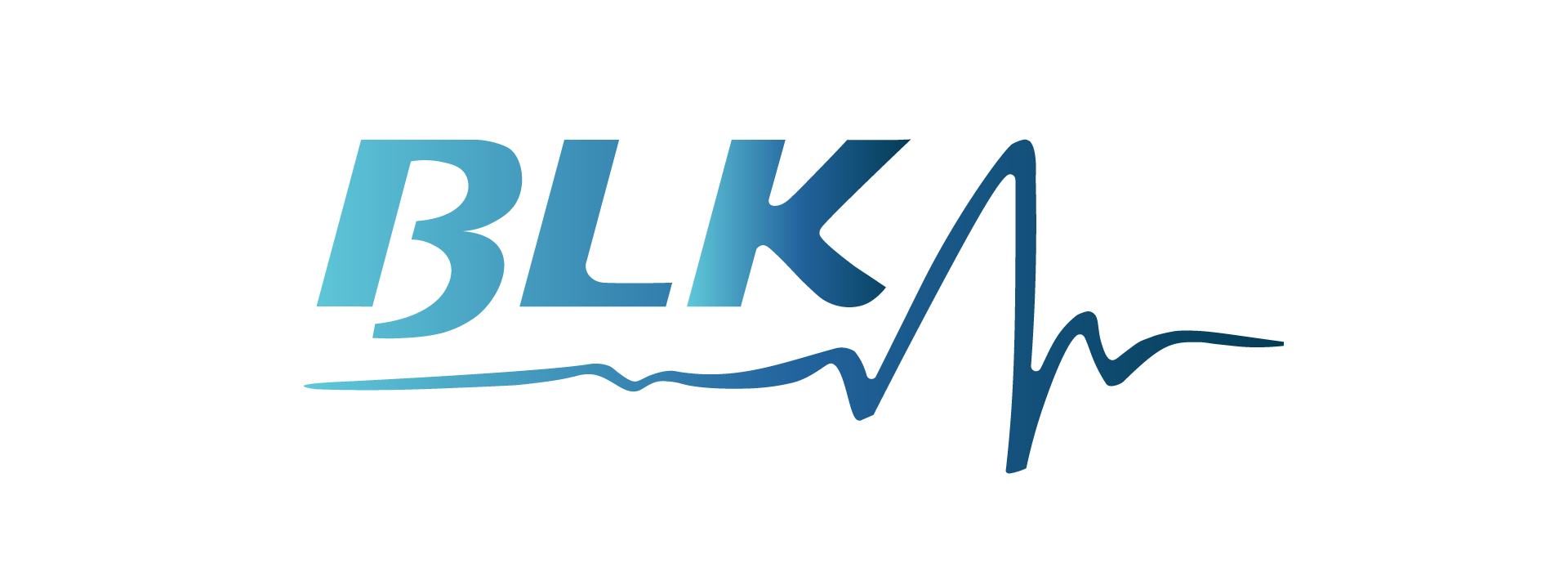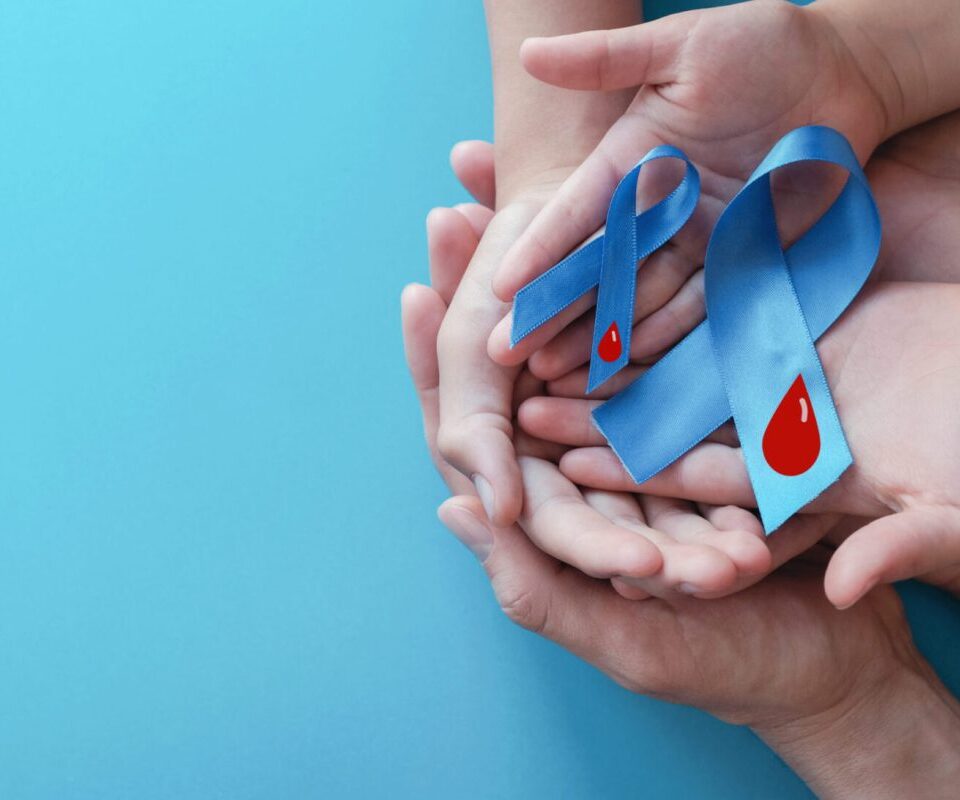Venturing into remote or extreme environments—whether scaling Himalayan peaks, navigating the Amazon jungle, or desert trekking across the Sahara—can be thrilling, but it also brings serious health and safety risks. In these isolated locations, access to immediate medical care can be limited or nonexistent. That’s why it’s essential to be well-prepared. This guide offers actionable advice and expert tips on ensuring medical support for remote and adventure travelers, helping you stay safe when you’re miles away from the nearest hospital.
Assess Health Risks Before You Go
Before heading to a remote destination, conduct a thorough risk assessment. Know the terrain, climate, altitude, local diseases, and accessibility to healthcare. Review country-specific health alerts via the CDC or WHO websites. Travelers with chronic conditions should consult a travel medicine specialist to ensure they’re fit for the trip.
Key Points:
- Research climate and altitude risks (e.g., hypothermia, heatstroke, altitude sickness)
- Identify region-specific diseases (malaria, dengue, etc.)
- Consider physical exertion levels and your fitness
Get the Right Travel Insurance
Travel insurance isn’t optional for adventure travelers—it’s vital. Standard plans often exclude high-risk activities like mountaineering or diving. Look for policies that:
- Include emergency evacuation
- Cover extreme sports or adventure activities
- Provide access to 24/7 medical hotlines and air ambulance services
Compare providers and ensure you read the fine print.
Pack a Customized Medical Kit
In remote areas, you may be your own first responder. Pack a comprehensive, customized medical kit based on the nature and duration of your trip. Include:
Basic Supplies:
- Bandages, gauze, antiseptic, tweezers
- Thermometer, scissors, and gloves
- Pain relievers and anti-inflammatories
Specialized Items:
- Altitude sickness medication (like acetazolamide)
- Water purification tablets
- Broad-spectrum antibiotics
- Anti-diarrheals and anti-nausea meds
Also, carry instructions for use and ensure someone in the group knows basic first aid.
Learn Wilderness First Aid
Taking a wilderness first aid course is one of the best investments an adventure traveler can make. These courses teach lifesaving skills specific to remote settings where traditional emergency response is unavailable. You’ll learn how to:
- Manage fractures, wounds, and burns
- Treat hypothermia or heat exhaustion
- Perform CPR and stabilize injuries for evacuation
Organizations like NOLS and Red Cross offer these certifications globally.
Use Telemedicine and Medical Support Apps
Technology can bridge the healthcare gap. Satellite communicators like Garmin inReach or Bivy Stick offer SOS buttons, live tracking, and two-way messaging to emergency dispatchers. Additionally, medical support apps and services like:
- MedjetAssist – for medical repatriation
- Air Doctor – to find local doctors globally
- GeoBlue – offers virtual consults with physicians
These tools ensure professional advice is never out of reach.
Know When and How to Evacuate
In the event of a medical emergency, quick decision-making is critical. Recognize red flags like uncontrolled bleeding, loss of consciousness, or suspected fractures. Prepare evacuation plans with:
- Pre-identified helicopter landing zones
- Satellite phone communication protocols
- A designated group leader for emergencies
If using a guide or expedition company, ensure they have trained personnel and emergency protocols in place.
Stay Healthy on the Go
Preventative care is the best medical support. Stay hydrated, rest adequately, and maintain good hygiene. Follow food and water safety rules:
- Eat only cooked foods
- Use filtered or purified water
- Carry hand sanitizer and wash regularly
Also, listen to your body. Early symptoms of altitude sickness or dehydration should never be ignored.
Conclusion: Preparedness is Survival
Traveling to the world’s most remote and adventurous locations is exhilarating—but without proper preparation, it can be perilous. Prioritize your health with the right tools, training, and tech. By taking these expert steps, you’re not just exploring—you’re doing it responsibly, with medical support always within reach.
Frequently Asked Questions (FAQs)
What should be in my first aid kit for remote travel?
A comprehensive kit should include wound care supplies, common medications, altitude pills, water purification, and basic medical tools like scissors and gloves.
How can I get medical help if I’m off the grid?
Use satellite communicators like Garmin inReach or Iridium phones. Enroll in telehealth services that specialize in remote consultation.
Do I need vaccinations before traveling to remote places?
Yes, depending on the region. Common vaccines include Hepatitis A/B, Typhoid, Yellow Fever, Rabies, and routine boosters. Check CDC recommendations.




